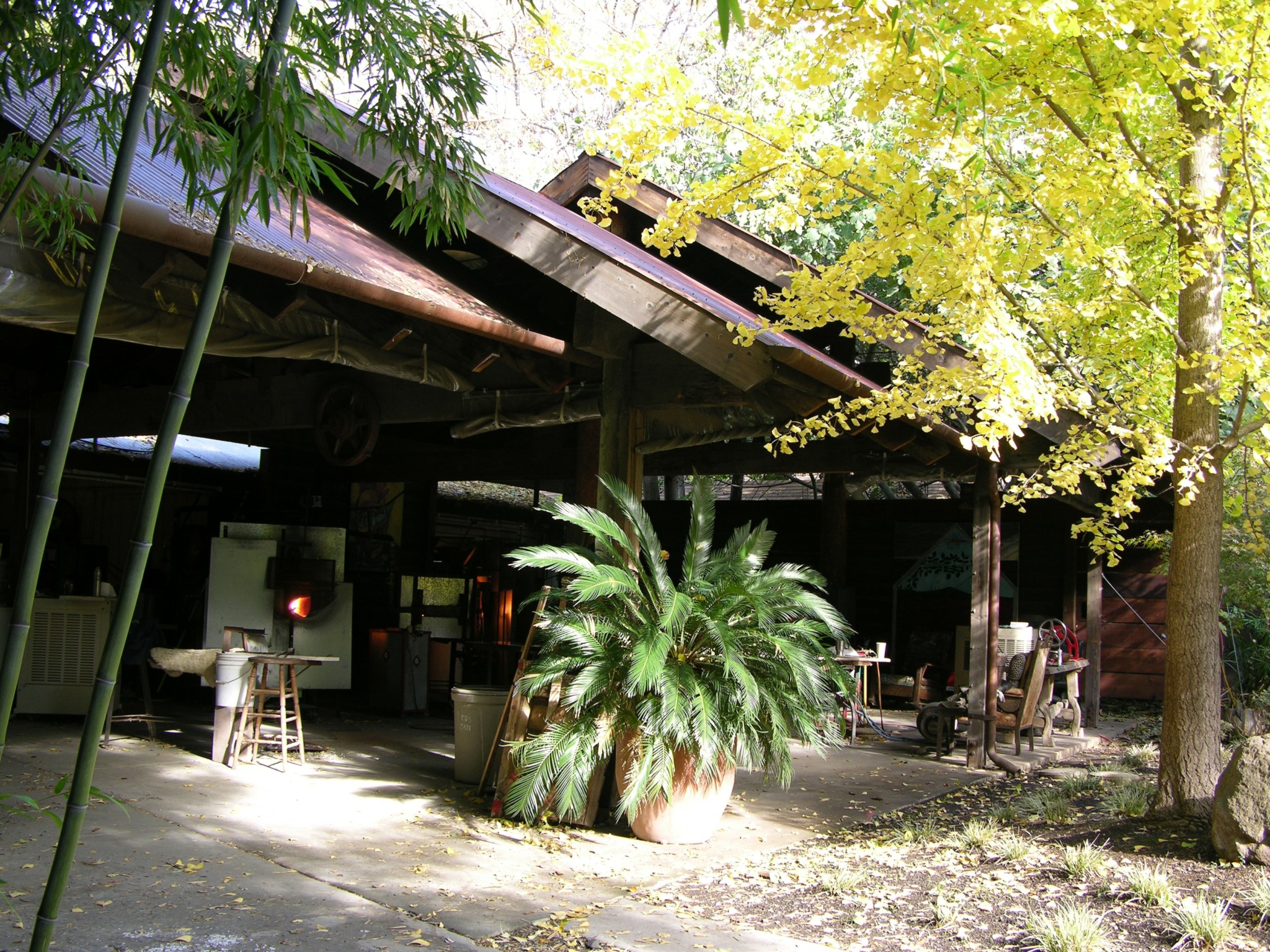We were lucky to catch up with Richard Satava recently and have shared our conversation below.
Hi Richard, thanks for joining us today. Earning a full time living from one’s creative career can be incredibly difficult. Have you been able to do so and if so, can you share some of the key parts of your journey and any important advice or lessons that might help creatives who haven’t been able to yet?
I have been incredibly fortunate to have earned a living from glassblowing for well over 50 years. At the beginning it was a lot of making glass and then piling it up in my car and making trips to local galleries/gift stores and longer trips to the bigger cities near me. After that word of mouth took hold and doing big craft shows in places like Baltimore and Philadelphia, gave me the exposure to grow my business, expand my glass shop and increase my output. Also as my business grew, my art developed in different ways. Starting out creating designs in the 70’s in the art nouveau technique, which many artists were doing, I eventually expanded my designs to be more nature based like landscape scenes, floral, and petroglyph designs in perfume bottles, paperweights, and vases. Some designs, like the Harvest Moon Series and Iris on Red Series, became very popular. When I added more sea themed art, and especially the Jellyfish series in the late 80’s early 90’s, things became less about chasing orders, which were coming in pretty easily by then, and more about giving me the ability to expand my creativeness, in bigger and different directions.


As always, we appreciate you sharing your insights and we’ve got a few more questions for you, but before we get to all of that can you take a minute to introduce yourself and give our readers some of your back background and context?
I was originally introduced to glassblowing in 1969 while at high school in Pacifica, California and then continued to study art and glassblowing at the College of San Mateo and California State University, Chico. Besides the glassblowing skills learned while at CSU, Chico equally important was becoming a technician for their glass shop. This gave the added knowledge of how to run a glass studio from every aspect (equipment, ordering, maintenance, etc) not just in the making of the art itself. All of these things combined made it possible to open my own studio, Satava Art Glass, in 1977.


We’d love to hear a story of resilience from your journey.
Not sure if there is just one story, but of resilience it all comes down to being able to read and follow your market and the economy. You can be an artist, and thrive personally making things that inspire you, but you also have to make it something others want. That can be a hard balance for any artist, making things that fulfill you, but also are able to financially support you. Having been fortunate to have created certain series that became incredible popular, some quickly, some more steadily over time, it can be easy to rest on that, but adaptability is important. The economy can take down turns, and art being more of a want then a need can sometimes be sacrificed in those time, so learning to either add larger more expensive pieces in those situations or maybe adding more affordable pieces at other times, can help you to expand your market, and make your art more sustainable.


What’s the most rewarding aspect of being a creative in your experience?
The most rewarding aspect of being an artist is honestly being able to spend most of your life doing something that you enjoy, that gives you an outlet for what inspires you in life. Nature has always been that inspiration, whether the ocean, the forest or my own backyard . . . . and glassblowing has been that outlet to express that into art.
Contact Info:
- Website: https://satava.com
- Instagram: @satavaartglass
- Facebook: https://www.facebook.com/satavaartglass/




